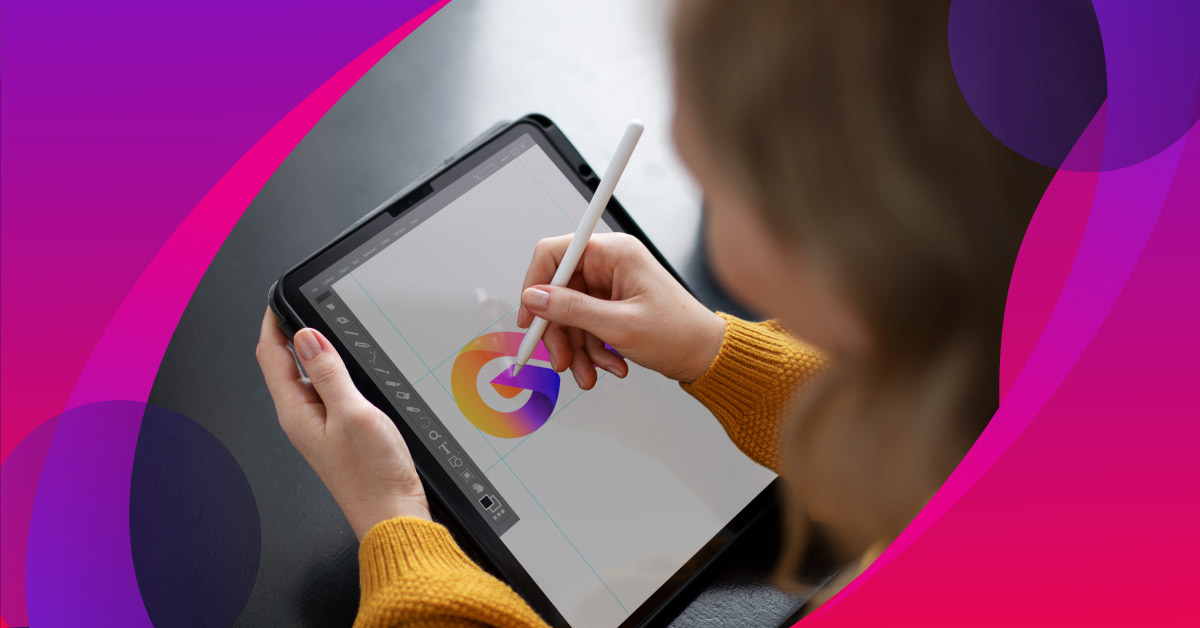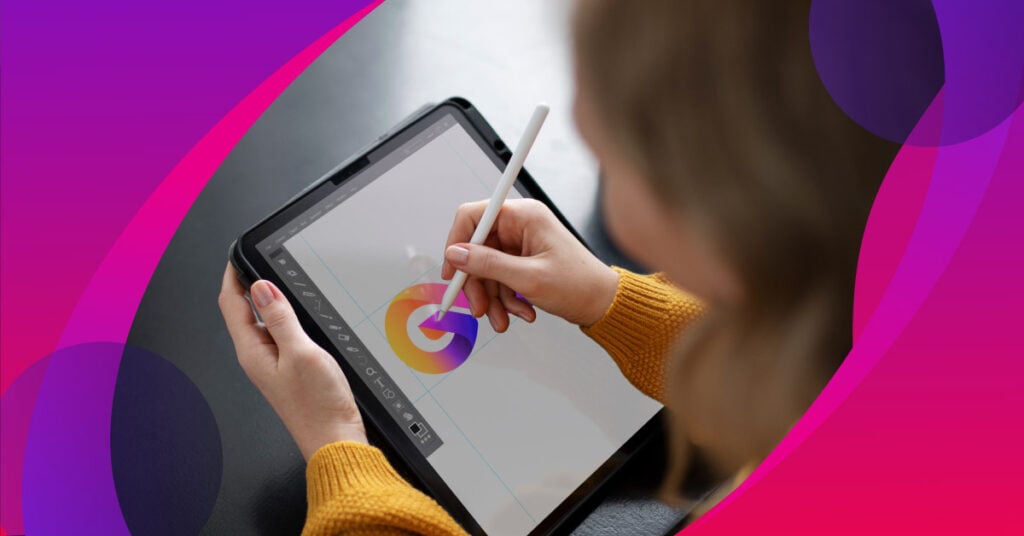
Some brands take logo design lightly. However, your logo is the first thing that people notice and the last thing people remember. A quality and well-thought-out logo speaks a lot about a brand. If your logo creates a lasting impression, pat yourself for a job well done. That said, knowing how to make one is crucial. This logo design tutorial blog will help you create an impactful logo.

5 Elements in a Logo
Creating a logo is a task that professional logo designers should do. But if you want to do it yourself, remember these five elements in your logo.
1. Simple
Less is more. This adage should apply to your logo design creation. Your logo should be clear-cut and depict what your brand or branding is all about. The last thing you want is to confuse your target audience. Ensure your logo doesn’t have way too many design components, colors, and texts. Keep it simple.
2. Unique
Before creating your logo, check out your competitors’ logos and see how they created theirs. Never copy other logos and put your own unique twist. And don’t choose cliche images that don’t make your logo stand out. A unique logo is easy to remember and hard to forget.
3. Relevant
Another logo design tutorial tip is relevance. If you’re a clothing brand, choosing an ice cream cone for a logo image isn’t appropriate. Your logo should communicate to your target audience at first glance. Choose relevant designs, shapes, colors, and texts. A relevant logo ensures your company is aligned with your branding and adds credibility to your business.
4. Versatile
Before finalizing your logo, consider the different mediums, formats, sizes, and colors you will use. Your logo should be versatile enough to look incredible in print and online formats. It should be recognizable on billboards, business cards, online ads, or websites.
5. Timeless
To establish a long-term brand identity, ensure your logo is timeless. It should stay up-to-date with current logo design trends and practices. Like Nike or Target, a timeless logo garners brand loyalty and affiliation. Assess logo revamps or rebranding to keep up with the times.
9 Types of Logos
Before we head on to the steps in logo design, think about what type of logo you’re going for. This is crucial in logo design tutorials. Here are nine logo design types.
1. Wordmarks
Wordmark logos only include the brand name. Most of these logos are custom typefaces created by professionals. Although this logo type may sound simple, it takes an expert eye to make a typography logo work.
Example:
2. Letterforms
Letterform logos consist of the company’s first letter in the design. This type of logo is easily scalable because working with one letter gives you more freedom on various online and print mediums.
Example:
3. Lettermarks/Monograms
Using lettermarks or monograms is recommended for companies with long names. This way, your target audience will easily remember. These logos use only the abbreviated version, using the brand’s initials.
Example:
4. Pictorial marks
Pictorial marks refer to logos showcasing relevant icons, symbols, or shapes. These images must reflect the brand’s identity, telling target audiences what the brand sells. If you want to create a visually appealing logo, go for this type of logo.
Example:
5. Abstract
Abstract logos are excellent for global brands with a multi-national audience. These image-based logos are based on geometric shapes and symbols that reflect your brand identity. However, ensure that your abstract logos convey the right message to your target audience.
Example:
6. Mascots
Using mascots on your logo perfectly resonates with customers, as these can be created with real people or fictional characters. These representations could be your brand ambassadors that create a more welcoming feel. However, using mascot-type logos carefully is essential as these designs could involve more design details.
Example:
7. Emblems
If you’re looking for a more traditional take on logo designs, emblems are an excellent way to depict your brand. Since these logos will need more intricate details, it’s good to consider the design when using them on a smaller scale.
Example:
8. Combination marks
Combination marks give brands a no-holds-barred on their logo designs. These types are a combination of images and text.
Example:
9. Dynamic marks
Dynamic logos are recommended if you want a more scalable logo. This logo type is excellent for more modern brands that want to stay fresh.
Example:
Logo Design Tutorial: 7 Steps to Create an Impactful Logo
Wondering how to make your logo memorable and timeless? Here are seven steps you need to follow.
- Research for inspiration: Gather ideas and inspiration by researching industry trends, competitors, and design styles.
- Brainstorm and sketch: Generate rough sketches and concepts based on your research and ideas.
- Refine and select the top designs: Choose the most promising sketches and refine them digitally or by hand.
- Choose fonts and icons: Select appropriate fonts and create or refine any icons or symbols to complement the logo.
- Select appropriate colors: Choose a color palette that reflects your brand identity and resonates with your target audience.
- Gather feedback and revise accordingly: Gather input from stakeholders and make necessary revisions to refine the logo further.
- Finalize and format: Finalize the logo design, ensuring it works across various platforms and in different formats (e.g., print, digital).
Need help in designing your logo?
Logo design needs an expert eye to ensure the logo is clear and unique. This process can also be too time-consuming. If you need help with logo design, subscribe to Penji.
Penji offers unlimited designs and revisions at flat monthly rates. Submit the design brief and get the first draft after 24 hours. Check out this demo to see how it works!











